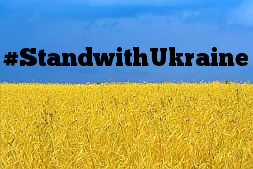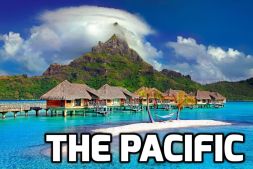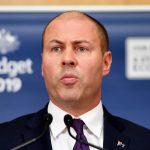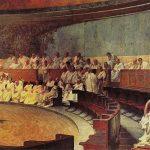50 shades of teal
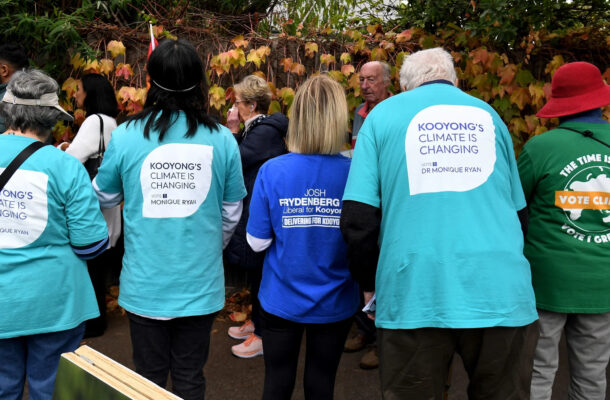
The rise of the so-called “teal Independents” has been one of the major stories of the 2022 Federal Election.
Running in normally-safe Liberal seats, and with the backing of big new campaign fundraising vehicles, these independents are re-drawing the political map, bringing fresh attention to ordinarily ignored areas.
Their ‘teal-ness’ comes not only from the colours some are using in their campaign material, but from their ideological position: blue, for their economically conservative Liberal sensibilities, with a green tinge, indicating their desire for greater action on climate than is on offer from the Liberal-National Coalition government.
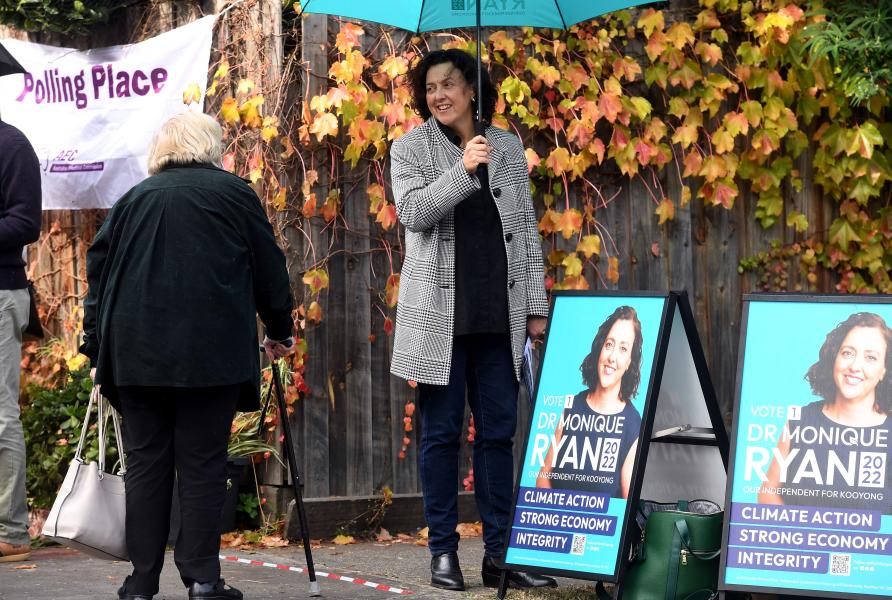
Independent Dr Monique Ryan, one of the so-called ‘teal’ candidates, is challenging Federal Treasurer Josh Frydenberg in Kooyong in Melbourne.
Much analysis and critique of these candidates has focused on what unites them: their top issues (climate, integrity, gender equity), their political targets (mostly sitting moderate Liberals) and their funding source (the Climate 200 fund of Australian businessman and political activist, Simon Holmes-a-Court).
Indeed, their critics, particularly the Coalition and their media allies, claim they are ‘fake independents’ and that they are, for all intents and purposes, a teal political party.
But these teal candidates are, in fact, independents. They haven’t agreed to any firm set of policies and won’t necessarily act in concert if elected.
Indeed, there are many idiosyncrasies to these independents.
Given some of these candidates appear to have a chance of winning seats in Parliament, and potentially a casting vote on who forms government – it is worth exploring some of the nuances of these different shades of teal.
Allegra Spender, running for the seat of Wentworth in inner Sydney, comes from upper-crust stock, the daughter of John Spender, Liberal Party politician and diplomat; and, perhaps more famously, Carla Zampatti, fashion designer, entrepreneur and builder of a multi-million dollar family fortune.
She has worked as a high-powered business consultant and in the family company. She is in every sense, a good match for the well-heeled constituents of the Sydney seat of Wentworth.
Her hue of blue-green must surely be Tiffany Blue® – the proprietary turquoise of high-class New York jewellers, Tiffany &. Co: a symbol for class, privilege and high fashion.
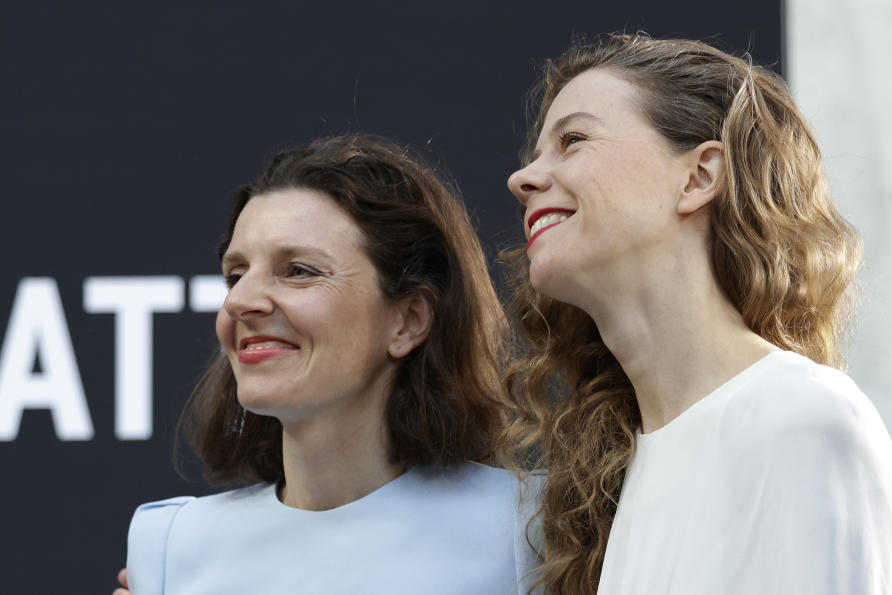
Allegra Spender (left) is a good match for the well-heeled constituents of the Sydney seat of Wentworth.
Beyond the core teal priorities of climate and integrity, Spender’s politics reflect the upper class interests of the area – one of Australia’s wealthiest electorates.
On the question of tax, she steers well away from any Greens-like policy of wealth redistribution, noting with disapproval that Australian personal and business taxes are among highest in the OECD. She has lobbied for a systematic tax review, including potentially raising the regressive GST.
The other teal candidates have rejected this.
If Spender is Tiffany Blue®, then Dr Monique Ryan, contesting Kooyong in inner Melbourne, must be Robin’s Egg Blue. This shade of teal derives from the eggs of the red-chested migratory American robin.
Like the bird, Ryan is migratory, having come from the Labor Party – she was a member from 2007 to 2010 – apparently quitting out of frustration at the lack of action on climate change under Kevin Rudd.
She insists that she no longer has links to Labor or any other party, indeed, that she could never again commit to any one party, arguing that “to think any person can fit neatly in a political box is to misunderstand and underestimate human nature”.
Still, of all the teal independents, Ryan’s policy platform is the most Labor-ish (reddish) in that it is largely missing the bluer notes of the others on issues like business and property taxes or defence spending.
Despite her relative progressivism, Ryan is in with a real chance of unseating Treasurer Josh Frydenberg in Kooyong – the longtime seat of Liberal Party founder, Robert Menzies.
Several polls have shown her in a winning position, though only one, the recent YouGov multi-level regression poll, has a method close to being robust.

Former Australian rugby star and environmental activist David Pocock is the “Spartacus” of the teal candidates, as he vies for an Australian Capital Territory Senate seat.
Dr Sophie Scamps, contesting Mackellar in Sydney’s north, is certainly bluer than Ryan. Indeed, she routinely aligns herself with the policies of the New South Wales Coalition Government – if she were running for state politics she would seem quite comfortable sitting next to Liberal New South Wales Treasurer Matt Kean.
She does have a strong dash of Green, but it is the light hue of ‘Bright Green’ Environmentalism – that subset of greens arguing optimistically that technological progress and innovation is the thing to rescue the planet from ecological collapse – as opposed to taxes or, say, revolution.
More than other teal candidates, Scamps has stressed the role of electric vehicles and battery technology in tackling climate change, and when confronted by climate protests blocking the Spit Bridge, Scamps condemned the action as counterproductive and unacceptable.
Her blue-green, then, in Veridian.
Contrast this with the darker-green politics of Climate-200-backed Australian Capital Territory Senate candidate, David Pocock. More than the others, Pocock is an environmental activist; he was even arrested after chaining himself to equipment at a protest against a New South Wales coal mine in 2014.
His support for protest and the uphill battle he faces to win a Senate seat, suggest that the best hue for him maybe Dulux’s blue-green called Spartacus™.
There are clear tensions with the Veridian teal of Scamps: should they find themselves in the Parliament, we might expect them to be on different sides of some issues – particularly on the rather embattled right to protest.
Both, however, appear to have uphill battles to even get a seat in their respective chambers.

Zoe Daniel (left) is a former ABC journalist taking on Liberal Tim Wilson in Goldstein in Melbourne.
Zoe Daniel, the former ABC journalist running for the Melbourne bayside seat of Goldstein against the Liberals’ Tim Wilson, is perhaps the hardest teal to locate on the colour wheel.
We might, with mischievous irony, select Taubman’s Jericho Jade™, to highlight the fact that issues surrounding Israel have loomed large in her campaign, Goldstein being home to a sizeable Jewish community.
Daniel has been forced to ‘explain’ her support for journalists deliberately targeted by Israeli forces during fighting in 2021. Indeed, over the past few months she has become a strong defender of Israel’s ‘right to security’.
Daniel has condemned the Boycott, Divestment, Sanctions movement against Israel, and opposed the use of the term ‘apartheid’ to describe the Israeli state, despite an increasing number of human rights organisations adopting it.
But Jerico Jade™ places too much attention to this issue – a notable but by no means a dominant one in Goldstein.
It may be more appropriate to pair Daniel with Dulux’s Mallard Green™ – the Mallard being a remarkably adaptive waterfowl, capable of making a home all around the world, even in inner-urban niches.
Indeed, the Mallard is so adaptable, it is considered a species of least concern by the International Union for the Conservation of Nature.
This fits Daniel who was raised in a Labor-voting Tasmanian household, before becoming a globe-trotting foreign correspondent for decades, and is now a deficit hating, negative-gear-hugging, socially liberal independent in bayside Melbourne.
As testament to her adaptability, she appears to be the teal candidate best-placed to win.
Finally, Zali Steggall is running for re-election in Warringah in New South Wales and looking to take every chance of improving her already-healthy margin of 7.2 per cent given the notoriety of her chief opponent – the Liberal’s Katherine Deves.

Zali Steggal won former Prime Minister Tony Abbott’s seat of Warringah in Sydney in 2019, and has in many respects inspired the ‘teal’ independents.
The Steggall formula is what the other teals are seeking to replicate.
While there may be points of contention between Steggall and other teals (including, perhaps, who to accept campaign donations from) it seems inescapable that her win in 2019 and her agenda is the prime inspiration for all the teal candidates running this year – she is the source of teal-mania.
Fantastically, Taubmans has a blue-green colour named Coolaide™…
There are many other Climate-200-backed independents running across the country, but the point is clear – not all teal candidates think alike.
We might ask why we need bother with all these minor points of difference between these candidates. The major parties have just as much, indeed, probably more diversity of opinion within them.
The critical difference between them and the teal independents is that in practice, party discipline mostly rolls over that diversity – they may have internal debates but, in the chamber, parties almost always vote as blocs.
Not necessarily so for these independents.
In parliament the differences between them – perhaps matters of emphasis, perhaps of principle, perhaps local quirks of their constituencies – could really affect legislative outcomes. To understand their likely impact and agenda, it’s probably better not to treat them as a bloc or a proto-party – or even a cohesive movement.
There are many ideological nooks and crannies between blue and green – compacting them all into the label of ‘teal’ perhaps hides more than it explains.
This article was published by Pursuit.
James Murphy is lecturer and tutor in politics and public policy at the University of Melbourne. His area of expertise is in Australian political history, pressure politics, public policy theory and the politics of infrastructure.

